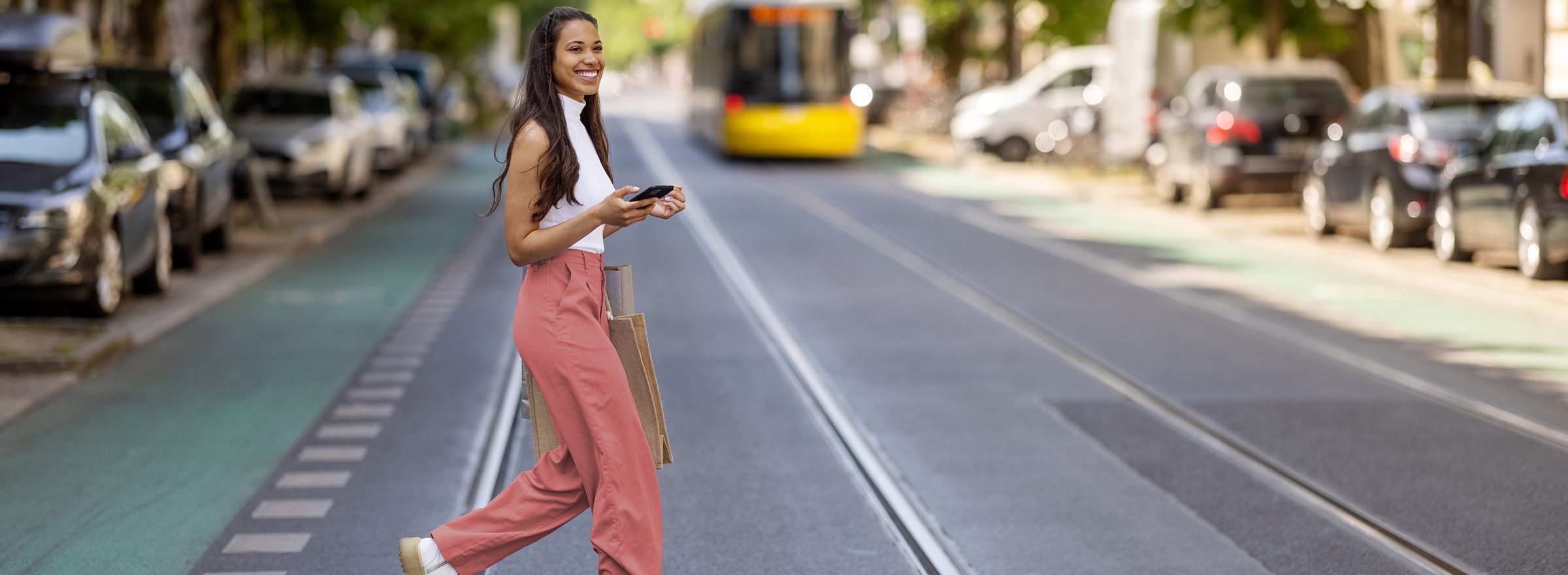Set your financial goals in motion
Tips, tools and resources to help you succeed in your financial goals.

Connect your money habits to your life goals
With the free Money & Life Program, you can explore self-guided exercises, one-on-one mentoring and on-demand workshops—helping you assess your money skills and adopt new habits.
Reach your savings goals
Help make your savings goals come true with these activities, articles and tips. Or explore Capital One savings accounts that make saving easy.

Get started with a goal-setting brainstorm
In this short exercise, you’ll brainstorm ideas, tackle roadblocks and find new resources to reach your savings goals.
MORE SAVINGS TIPS, GUIDES & TOOLS
Manage your spending
Take more control of day-to-day spending with these activities, articles and tips. You can also explore Capital One checking accounts—no fees, no minimums, no worries.

Start with a “money map” to explore how you spend
In this short exercise, think of spending in categories that fit your life—so you can make tradeoffs that work for you.
MORE SPENDING TIPS, GUIDES & TOOLS
Plan your financial future
Become a money maven with these support tools, learnings and tips to help you prepare for long-term financial goals. You can also explore all of Capital One's money management articles.

Get started with a free course on financial literacy
Capital One and Khan Academy offer a free course to help you feel confident in financial planning. Pick the units you want to complete.
MORE PLANNING TIPS, GUIDES & TOOLS
Frequently Asked Questions
What is financial well-being?
Financial well-being is the ability to:
- Spend wisely
- Build short- and long-term savings
- Manage credit and debt
- Handle challenges you may face while planning for the future
While there’s no one-size-fits-all approach to financial well-being, there are many resources, products and tools to help. With the Money & Life Program, you can explore self-guided exercises, one-on-one mentoring and on-demand workshops to help improve your financial well-being and your overall financial health.
What is financial literacy?
Financial literacy is about understanding concepts like budgeting, saving, investing, building and improving credit, and borrowing and repaying debt—then applying them to real-life situations.
If financial well-being is your goal, financial literacy can be your first step to achieving it. Learn the basics of financial literacy, plus take a free online course on financial literacy to help you feel confident in your financial planning and get you closer to your goals.
How do short-term financial goals differ from long-term financial goals?
Short-term financial goals may take less than five years to achieve, such as creating a budget you can work with, improving your financial literacy or saving for a vacation. Long-term financial goals may take more than a decade to accomplish—saving for things like a down payment on a house, your child’s education or retirement. Learn more about short-term and long-term financial goals and strategies on how to reach them.
How can I stay accountable to reach my financial goals?
While it can be hard at times to commit yourself to your financial goals, there are resources and tools that can help you stay on track. Use a goals planner to define your goals, remove obstacles and create a plan. Map out your spending into categories to determine needs versus wants and decide what’s important to you. You could also meet with a mentor for free one-on-one planning to get where you want to go next.








